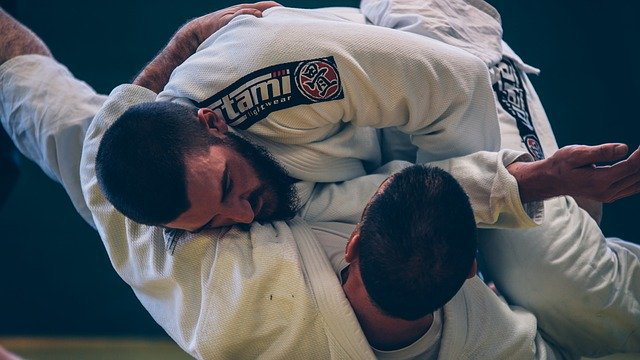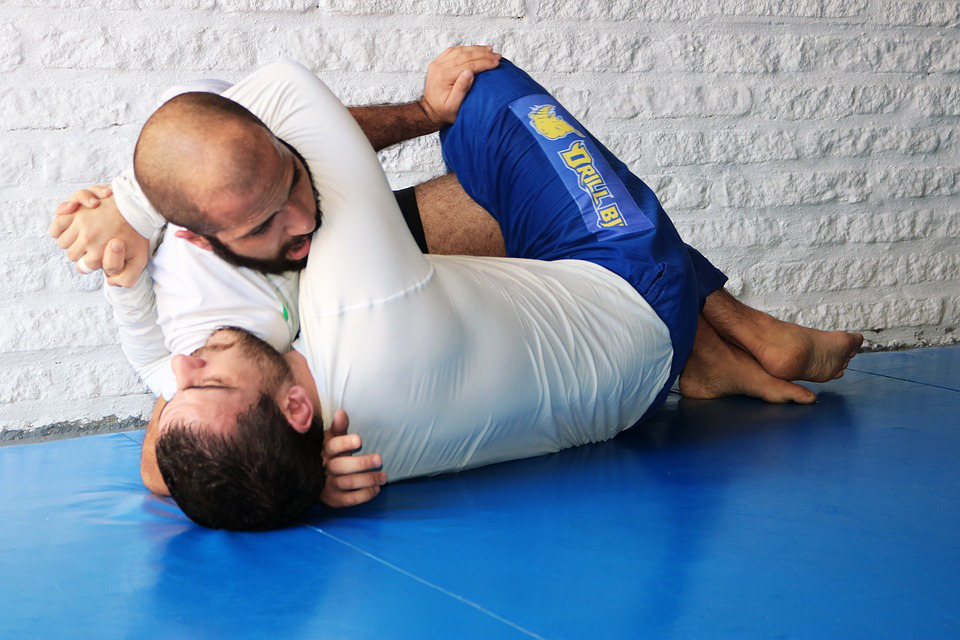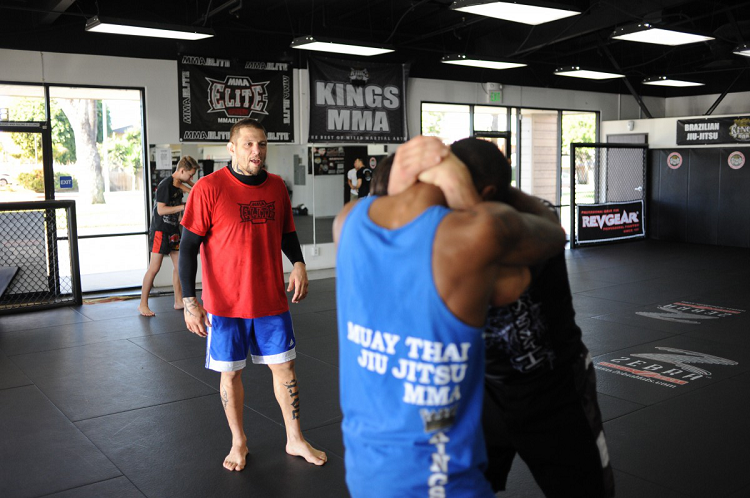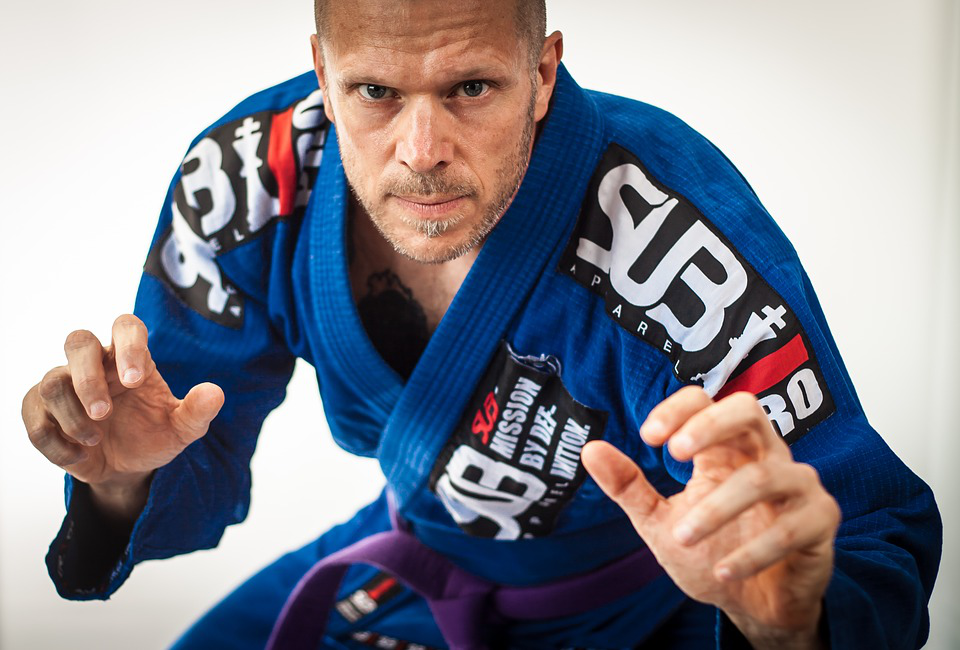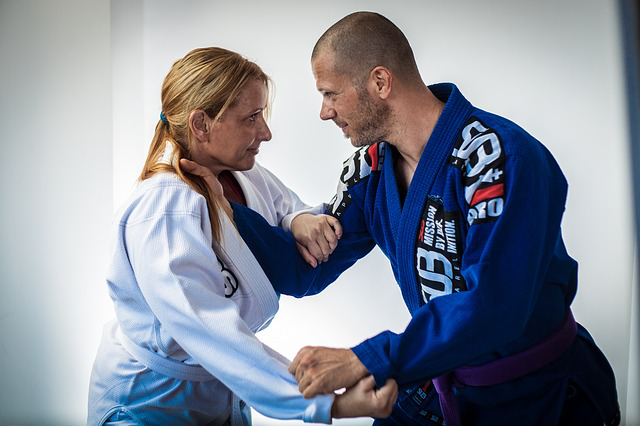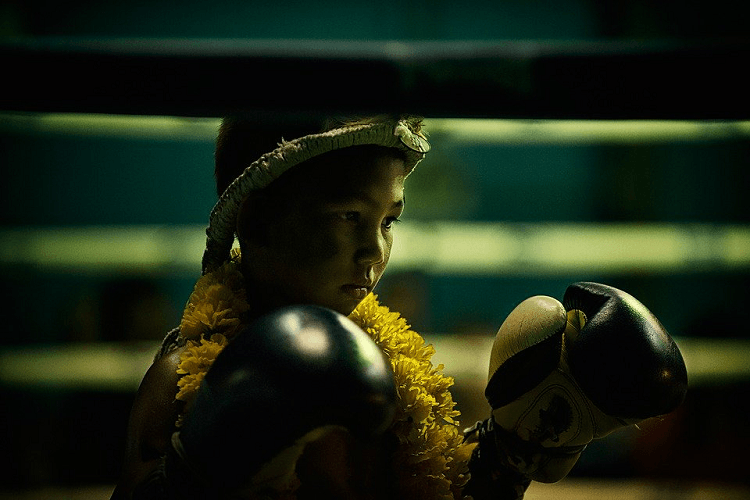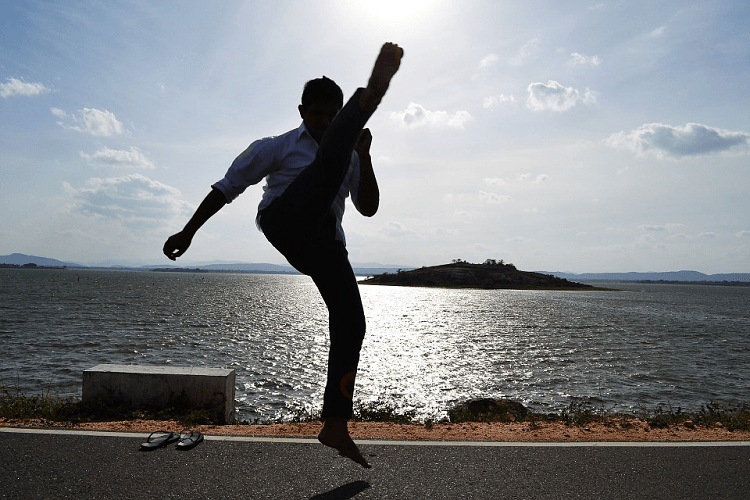Martial Arts Club, Dojo or Gym as Captain and Crew of a Sailboat
I know metaphors can be annoying, but this one makes sense. Martial arts are generally known to be difficult if done precisely, but it is important to understand (and appreciate) the many intricate parts of a martial arts club that contribute to its progress, and the success of those that thrive within the structure.
If you’ve never been sailing and are not familiar with sailboats, it is of no consequence - the concepts behind this message should still ring true for you. On a sailboat it is the many parts of the boat combined with the skills of the Captain and Crew that determine success or failure when contending with the elements. Although the elements (sun, wind, rain, freezing rain and snow) can have great impact on the operations of the vessel and sailing experience, it is the quality of the Sailboat, Captain and Crew that make it work as one. Each represents a series of interdependent parts that contribute to the sailing experience, your safe passage, and the ultimate victory of weathering the storm (or enjoying a gentle, warm breeze on a calm day).
There are degrees of capacity, constitution, and initiative within all the necessary roles on a sailboat. The Captain steers the ship, the crew handles the rigging and sails, and if dangers arise or unexpected events come your way, the rigging and sails are adjusted to “weather the storm” accordingly. In addition, the Captain and Crew must continually scan the horizon to “look ahead” for any dangers or obstacles in the path, and adjust the entire operation accordingly. Above all, the Crew (and the passengers) all look to the fearless Captain for answers and guidance as the trip continues and the boat is steered to calmer waters and safe harbours.
A martial arts Club or Dojo is not any different - the organization has many moving parts that all must work together for a safe and enjoyable ride. The senior instructor, or “Captain” in this example is the person that ultimately steers the ship. It is his/her job to set the course, and ensure that the students safely arrive at their objective. In the school, the senior students represent the “crew” of the ship - the backbone of dedicated practitioners that work closely with the Captain (read “Sensei”) to ensure that the class and training align with objectives, and the team safely arrives at its destination. In short - the senior students/assistant instructors are the backbone of the ship operations, and crucial to the success of the journey. If the waters become chopy, the Crew and Captain work together to adjust the training and progression to ensure that the ship stays its course to deliver its passengers (students) safely at their destination.
Similar to a sailboat Captain, the Dojo Captain and its crew of Senior students must work in tandem to also scan the horizon for obstacles in their way - they cannot simply look down at their feet and ignore the world around them. They must look forward to what lies ahead, so that any obstacles can be easily navigated without danger. In the Dojo, these obstacles can be many (similar to a ship), but the best example is any obstacle that stands in the way of a student achieving his/her goals in the Club/Dojo. When you board a sailboat, you tell the Captain your desired destination, and the Captain makes sure that you safely arrive. Similarly, when you enter the Dojo or Jiu Jitsu club, you express your goals to the school Captain, and he/she ensures that you also arrive at your destination and achieve your goals - whether these goals involve health and conditioning, competition, or simply the obtainment of knowledge.
Another example of this intricate interaction is when the Captain chooses a course, and relies upon the input from the students (crew) as to whether the charted course will get the ship to its destination. Thus, the senior student and assistant instructors at a martial arts school become critical to the success of the Captain. It is a symbiotic relationship - the students cannot grow without the help of the instructor/Captain, but the Captain cannot achieve success without his students - both are critical elements to the success of any martial arts school.
This relationship reminds me of a line from the movie K-19: The Widowmaker, starring Harrison Ford. In the movie, Ford portrays a Soviet submarine Captain during the “Cold War” with the western powers. In the movie, Ford’s character assumes command of the Russian submarine with a powerful (but simple) message to his crew:
“I have been given the honor to be your Captain. Without me, you are nothing … Without you, I am nothing. Much is expected of us … we will not fail.”
What rings true about this message from a movie is the honor, duty, and symbiotic relationship expected between a Captain and crew - or a Teacher and students. It is an honor for a practitioner to assume the role of instructor, but much is expected from this role - it is a role that should be humbly accepted, given the enormous task ahead, and the responsibilities involved. Similarly, it is an honor to be accepted by an instructor as a martial arts student, but again, there is much that will be expected from you along this journey. Above it all is the reliance upon the student/teacher relationship to stay the course to ensure that the team does not fail in its journey.
